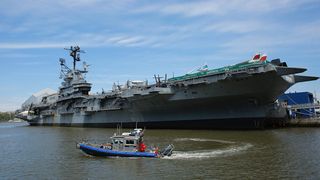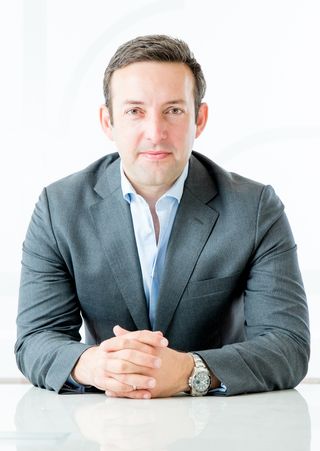There was a degree of apprehension ahead of last week’s dinner on the Intrepid in New York. For President Trump, it was his first trip back to New York after winning the election. For Prime Minister Turnbull, a first chance after that phone call to put the US-Australian relationship back onto a more predictable, stable course. For the organisers, the American Australian Association, it was the unpredictability of managing the schedule and security of the president and staff.
But in the end it was a successful encounter. The president was engaging and generous in his remarks, Australia and the United States are two “rebellious children of the same parent” – more family than friends he emphasised. In a room filled with more than 600 Australians sequestered by an open bar for nearly four hours, the remarks were warmly received. The president brought with him members of his family, and the vice president’s, as well as advisers Gary Cohn, KT McFarland, and Rudy Giuliani.
The mission for the evening was for everyone to get along, no substantial official business was conducted, and it was a mission well met. The next crucial moment will be the AUSMIN meetings expected to be held in Australia in the coming months, at which there will be substantial work to update Australia and the United States' shared foreign and defence policy objectives – particularly in Asia.
The other objective was to commemorate the veterans of the Coral Sea Battle in 1942. I was fortunate enough to sit next to 94-year-old Bill White, a signaller on HMAS Hobart during the battle, who confessed he would have voted for President Trump if given the chance “because he’s not a politician”. Somewhat lost amidst the speeches on the night was the announcement that more than $3m had been raised to sponsor new scholarships for Australian veterans to study in America. It points to the extraordinary fact that despite an emphasis in alliance narratives on the fact that Australia and the United States have so often fought together, there has been very little done to jointly examine the issues our veterans face. Ambassador John Berry should be commended for opening this new bridge in the relationship.
At a roundtable with prominent Manhattan business figures the day after the Intrepid dinner there was another timely alliance message from participants: Australia needs to focus on updating its image beyond traditional respect for shared military struggles and American fondness for koalas and beaches. Raising awareness of the extent of the investment relationship between our two countries is an important aspect of that, and one the United States Studies Centre is keenly focused on. American and Australian collaboration on science and technology research and development is another.
In recent years, in part due to the difficulties of an unsettled US federal budget, American companies and universities have looked to Australia as a test lab for some of their most leading edge work. Here at the University of Sydney, quantum computing programs are funded to a surprising extent by US companies, academia, and government. Americans rely deeply on Australian medical research, particularly longitudinal studies. “The future always looks bright”, President George W. Bush used to joke, “because I know it’s already tomorrow in Australia” – a ready-made tagline for Australia-US collaboration in science and technology, one might suggest.






